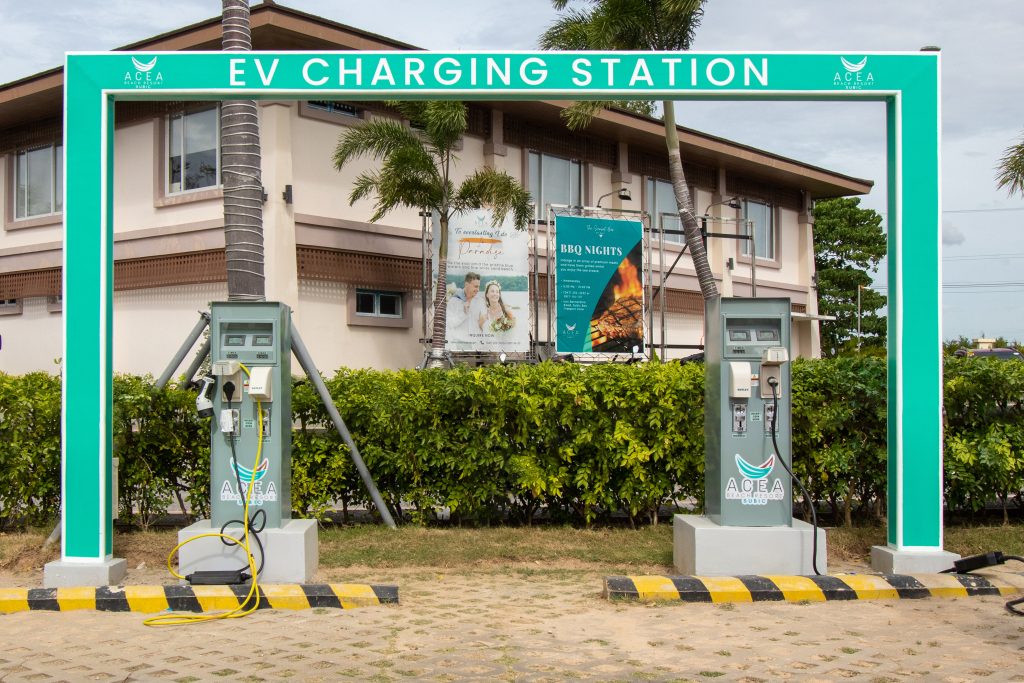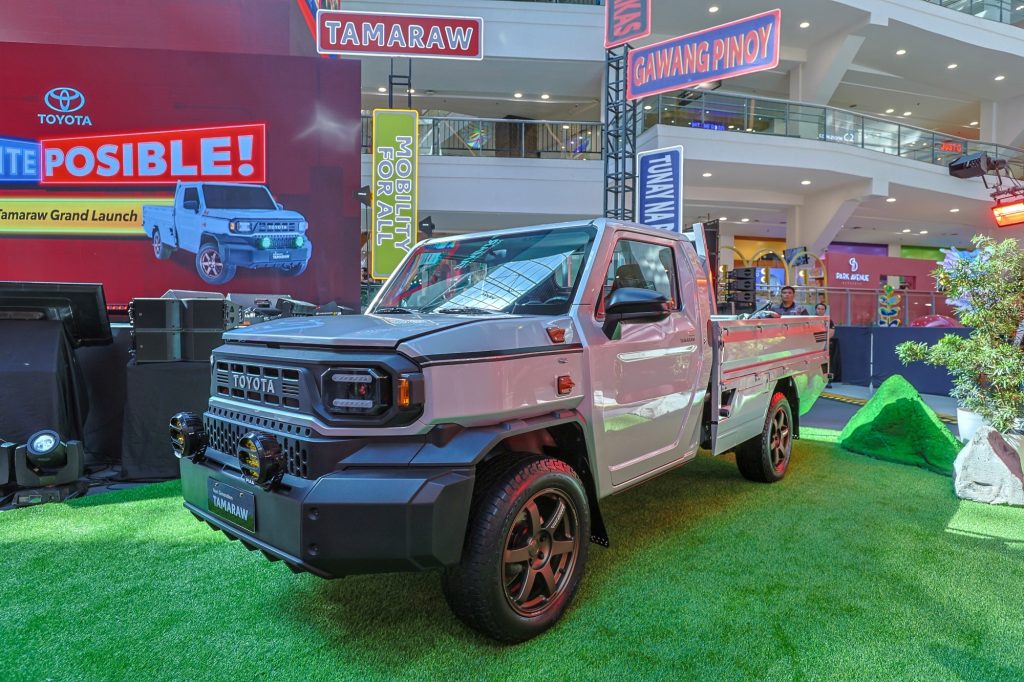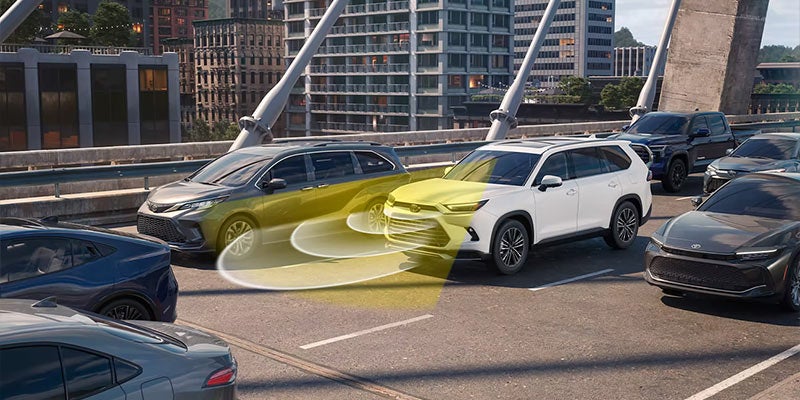Barely a week has gone by, and it looks like 2025 is shaping up to be a solid year for the Philippine automotive industry. Building on the foundations of 2024, and the continued growth of the economy (it’s an election year after all), car manufacturers and distributors are seeing 2025 to be yet another exciting year in terms of new model introductions.
Of course, what will eventually arrive at local showrooms will no doubt be influenced by larger industry trends. And though there’s no way to be completely certain of what’s going to happen, peering into the magic crystal ball, here are my fearless auto industry forecasts that will shape the coming year.
New Car Sales Will Rise, If Only Just
January is a month often filled with optimism, but I’m calling it as early as now: new car sales will stay flat or only slightly rise this 2025.
In 2024, the joint industry report from the Chamber of Automotive Manufacturers of the Philippines and Truck Manufacturers Association (CAMPI-TMA) showed that while the new car sales started strong, as soon as banks tightened consumer lending, the industry started to lose momentum. With up to 80 percent of new car buyers relying on some kind of financing, CAMPI-TMA members will barely hit the 468,300-unit target they were so confident of setting early 2024. This is based on projections using the 11-month January to November industry figures.
With a vast majority of banks surveyed by the Bangko Sentral ng Pilipinas (BSP) unlikely to make changes to their loan standards this 2025, this will mean less people will have their auto loans approved which will affect new car sales. It’s a scenario that’s played out in neighboring countries such as Thailand where tight credit policies have dropped sales by as much as 25 percent. Offsetting the gloomy scenario however, the Philippines is showing a robust GDP rate. That and the fact that it’s an election year might see new car sales stay flat or rise slightly this year.
From Car Ownership to Usership
Car leasing isn’t exactly a new concept, but it slowed down significantly due to the shortage of new vehicle shipments in the few years after the global pandemic. With the regularization of these shipments, some kind of leasing is one way for brands to push out their inventory.
Though typically targeted to companies who want to remain “asset light,” leasing may be an avenue for financial institutions to target customers, especially younger ones who spend more on experiences rather than objects. These “cash light” individuals see the benefits of having a car, but may not necessarily have the long-term means to acquire one. Given TNVS such as Grab are becoming much more unreliable and expensive, leasing is a way for them to gain mobility.
With banks tightening their purses when it comes to financing, car leasing or even some sort of vehicle subscription may help spur sales, especially in the luxury vehicle segment which has showed signs of a slowdown in late 2024. It will benefit brands who sell upscale battery electric vehicles too as it’ll provide a way for buyers to try out electric vehicle usage without having to overthink possible issues in the long run such as battery replacement or resale value.
Year of Electrification

This year will likely be a big year for electrified vehicles—battery electric, hybrids, and plug-ins—as the preferential tax rates on these kinds of vehicles inch closer to its end in 2028. Considering that the tariff exemption expansion was just finalized last year and that average product lifecycle of a car is around three to five years, 2025 is the earliest time car brands could have integrated plans for the increased roll out of electrified vehicles.
On top of shifting consumer preferences which helped shift around 20,000 electrified vehicles in 2024, more brands will get into the electrified vehicle genre. Ford has already confirmed plans to roll out its first electrified vehicle sometime in 2025 and is already taking steps to prepare its dealership network for that. Regulatory filings have suggested that Astara-distributed Chinese brand, GAC Motor, will also offer at least three new gasoline-electric hybrids within this year. Buoyed by the success of BYD as well as its acquisition of the Evro EV charging network, ACMobility will likely resurrect Volkswagen as a premium EV brand while also offering more electrified vehicles under its Kia brand as well.
Commercial Vehicles Will Drive the Market

The writing’s on the wall on this one for quite some time. Commercial vehicles—pickups, SUVs, AUVs, and the like—make up most of new car sales. In 2024 alone, it accounted for around 75 percent of all new vehicles sold. Given consumer preference has shifted to high-riding vehicles such as crossovers, not only will this trend continue in 2025, but it’s likely that Passenger car sales will stay flat or even drop slightly this year.
Leading the way for commercial vehicles this year is the next-generation Tamaraw. Toyota has bullish plans for its latest model. It projects to sell around 1,500 to 1,800 units per month, representing around 40 percent of its Santa Rosa, Laguna assembly plant output.
Brands who’re not known for pickups will probably get into the game this 2025. Almost confirmed at this point is the Tasman, Kia’s first-ever pickup truck. It’ll be joined by several offerings from an unlikely country: China. Among the Chinese brands that’ll offer pickup trucks include Changan which has already confirmed the arrival of the Hunter—a range-extended electric pickup truck. They’ll possibly be joined by BYD with their Shark plug-in hybrid and JAC with their turbo diesel T9.
Advancements in Tech
If there’s one positive thing we can gather from the proliferation of Chinese brands in the country, it’s that you’re getting much more car for every peso, especially in the area of technology. What was once standard only in premium models like fancy infotainment systems and advanced driver assistance systems, is now commonplace in mainstream vehicles.

To stay not only competitive, but relevant in the local market, expect new vehicles to come out this 2025 to have even better standard on-board tech. Beyond the fancy touchscreens and smartphone integration, it’ll mean that functions like ADAS will become more commonplace. The latest ASEAN NCAP testing protocol already takes that into consideration which requires tech such as autonomous emergency braking to get a perfect five-star rating.

